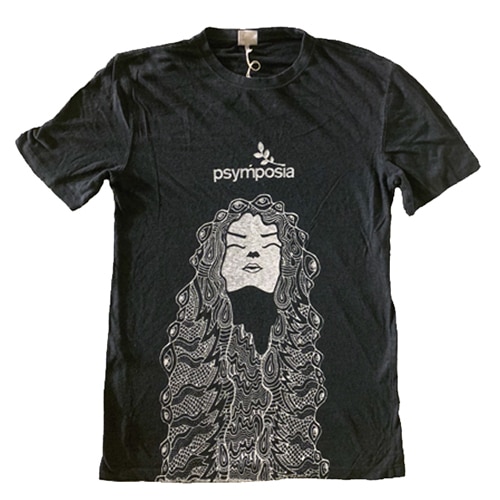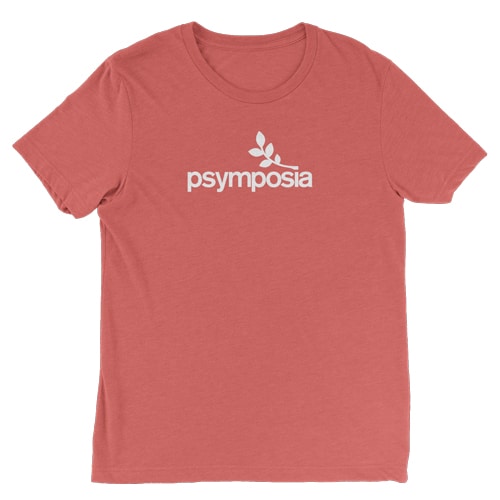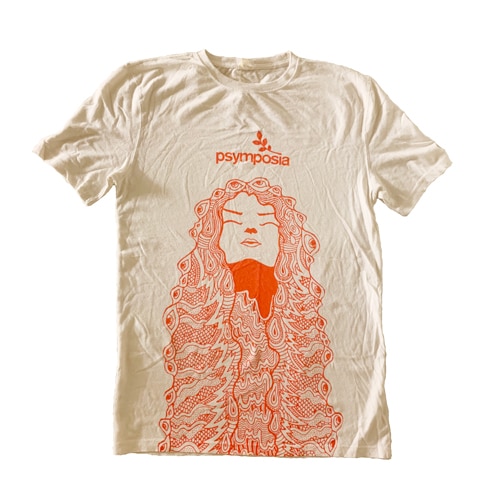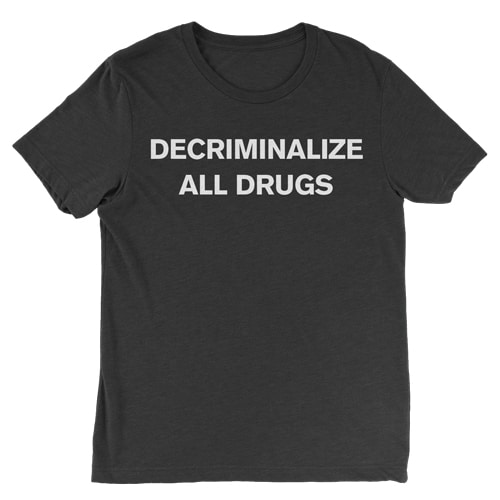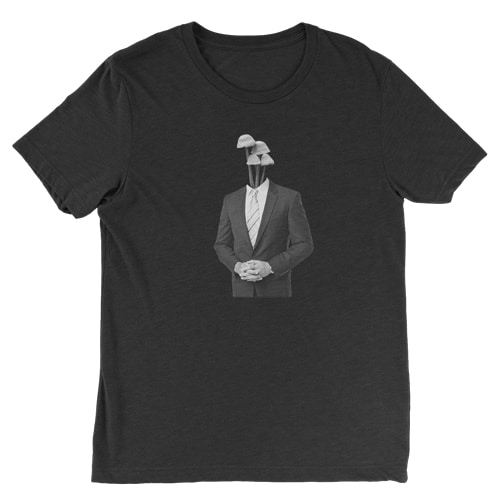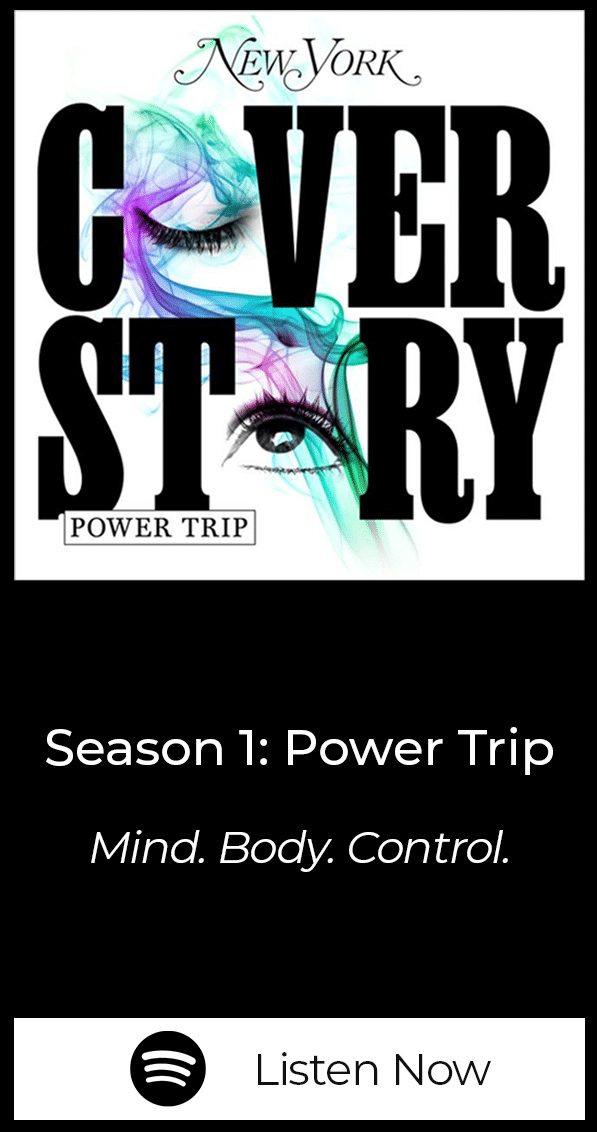Cocaine Tourism in Colombia
Medellín attracts the attention of tourists seeking a new kind of experience: doing cocaine in the city of Pablo Escobar.
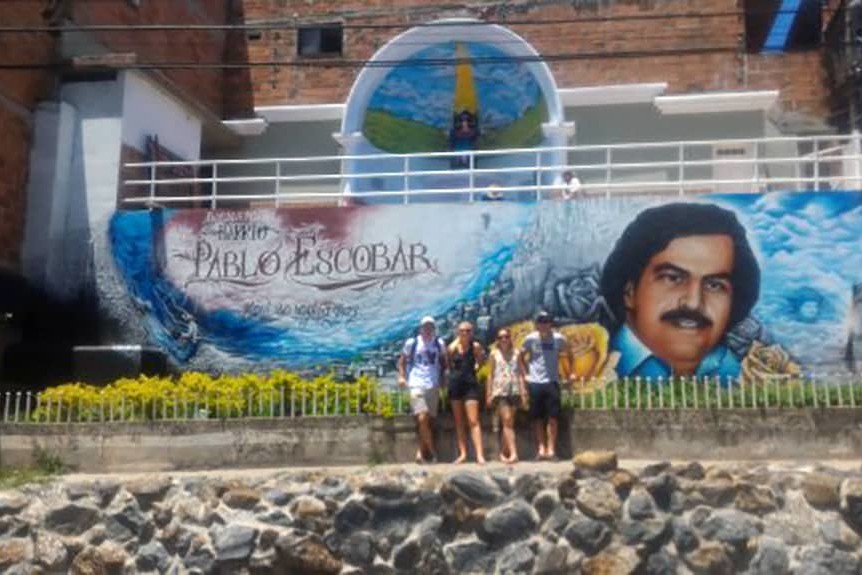
Psymposia is a 501(c)(3) nonprofit research and media organization that offers critical perspectives on drugs, politics, and culture. We rely on contributions from our readers and listeners. Your support is vital to sustaining Psymposia.
Support Psymposia’s independent journalism on Patreon and help us drive the Mystery Machine! We’re a bunch of meddling kids who are unmasking the latest shenanigans on the psychedelics beat.
Medellín, Colombia is a familiar city for those who followed the reign of the cocaine empire called the Medellín Cartel created by infamous drug trafficker Pablo Escobar during the 1980s and 1990s.
Yet after the fall of the Medellín Cartel, the city known formerly as the murder capital of the world has now attracted the attention of hundreds of tourists seeking a new kind of experience: doing cocaine in the city of Pablo Escobar.
This new tourism, called cocaturismo, is a unique facet of the new trend of “flashpacking,” wherein a well-off backpacker travels the world for adventure, but with the comfort of their large expendable income. This trend involves a rejection of typical tourist activities and a desire to have genuine experiences of local areas from a safe distance.
Of course in Colombia, the top cocaine supplier of the US and home to the world’s most infamous drug trafficker, this translates to an increase in cocaine use as rich tourists flock to Medellín to party in the same city where Escobar’s cartel members did business.
Since the end of Escobar’s cartel in the 90s, Medellín and its inhabitants have tried to distance themselves from their violent past. With a peak of 375 murders per 100,000 people in 1991, Medellín reversed this trend with 21 murders per 100,000 in 2016. The city has made further strides, from better infrastructure in education, transportation, and social programs to an integration of the poorest parts of its outskirts to the city center.
Despite their efforts, however, the endless stream of coca tourists who want to relive the height of the cartel’s golden days (without the danger that came with the actual cartels) serves as a constant reminder of how the world views Colombia.
Hostels sprouting up in the heart of Medellín offer “Pablo Escobar Tours” and tourists often recount their wild club experiences the following day at the hostel. This further reinforces the idea that cocaine is an intrinsic a part of Colombian culture, much like fine wines in France.
But what does this mean for Colombia?
This influx in tourists has created a larger market for illicit trade in Medellín, meaning an influx in the presence of the cartels. There is a clear double standard between how tourists and locals are dealt with by the police force in Medellín. Even with frequent stop and searches, tourists rarely get arrested as police can easily be bribed to look the other way. With police turning a blind eye and dealers capitalizing on tourists’ willingness to purchase cocaine, the residents of Medellín are stuck with a reminder of one of the most violent periods in Colombian history.
However, this does not mean that Medellín and Colombia are sitting idly by as tourists flock to Colombia for both its beautiful landscape and its cocaine trade. In fact, in addition to efforts to incentivize peasant coca growers to switch to other crops through government subsidies, Colombia’s government officially decriminalized small amounts of cocaine and marijuana for personal use in 2012.
This decision comes, in part, as a growing trend in Latin America to reject the failed war on drugs that the United States imposed on them, and further represents an even larger movement to stop treating those who consume drugs as criminals. This law still has not elicited much of a change in the cartel’s behaviors—especially since the majority of cocaine made in Colombia is directed to American and European markets—but it is a necessary step in the right direction.
Still, with cocaturismo on the rise, is it possible for Colombia to separate itself from its past?
As tourism has risen over 250% since 2006 according to Colombia reports, the fetishization of Colombia as a drug haven persists. Yet Colombia offers the world much more than this one-sided view—with a tropical climate, rainforests, and beautiful beaches, there are a multitude of experiences a tourist could have.
With decriminalization and the push for treatment to addiction, Colombia has taken measures to mitigate the effects of the cocaine trade but cannot work on its own. Without the United States and other western countries (which have the largest cocaine markets) also working to decriminalize illicit substances, and in turn removing the power of the cartels to sell illegally, the cocaine trade will persist.
De-stigmatization of drug users as well as decriminalization would help to remove the harmful effects that the cartels bring, not only in Colombia, but also worldwide. Colombia’s efforts present a good start to be sure, especially as they push other Latin American countries to join them in decriminalization efforts, but the global community must continue to progress as well. Only with cooperation between Colombia and other countries involved in the cocaine trade can the violence and glamor associated with cocaine be mitigated.
Hey! Before you go… Psymposia is a 501(c)(3) non-profit media organization that offers critical perspectives on drugs, politics, and culture. We strive to ask challenging questions, and we’re committed to independent reporting, critical analysis, and holding those who wield power accountable.
Our perspectives are informed by critical analysis of the systemic crises of capitalism that have directly contributed to the unmitigated growth of addiction, depression, suicide, and the unraveling of our social relations. The same economic elite and powerful corporate interests who have profited from causing these problems are now proposing “solutions”—solutions which both line their pockets and mask the necessity of structural change.
In order for us to keep unpacking these issues and informing our audience, we need your continuing support. You can sustain Psymposia by becoming a supporter for as little as $2 a month.
Allyson Todd
Allyson is a student and vice president of SSDP at the University of Texas at Austin majoring in both International Relations and Latin American Studies. She's currently focused on indigenous medical practices and hopes to increase awareness about the effects of the drug war and colonization on indigenous medicinal uses of psychoactive substances.
